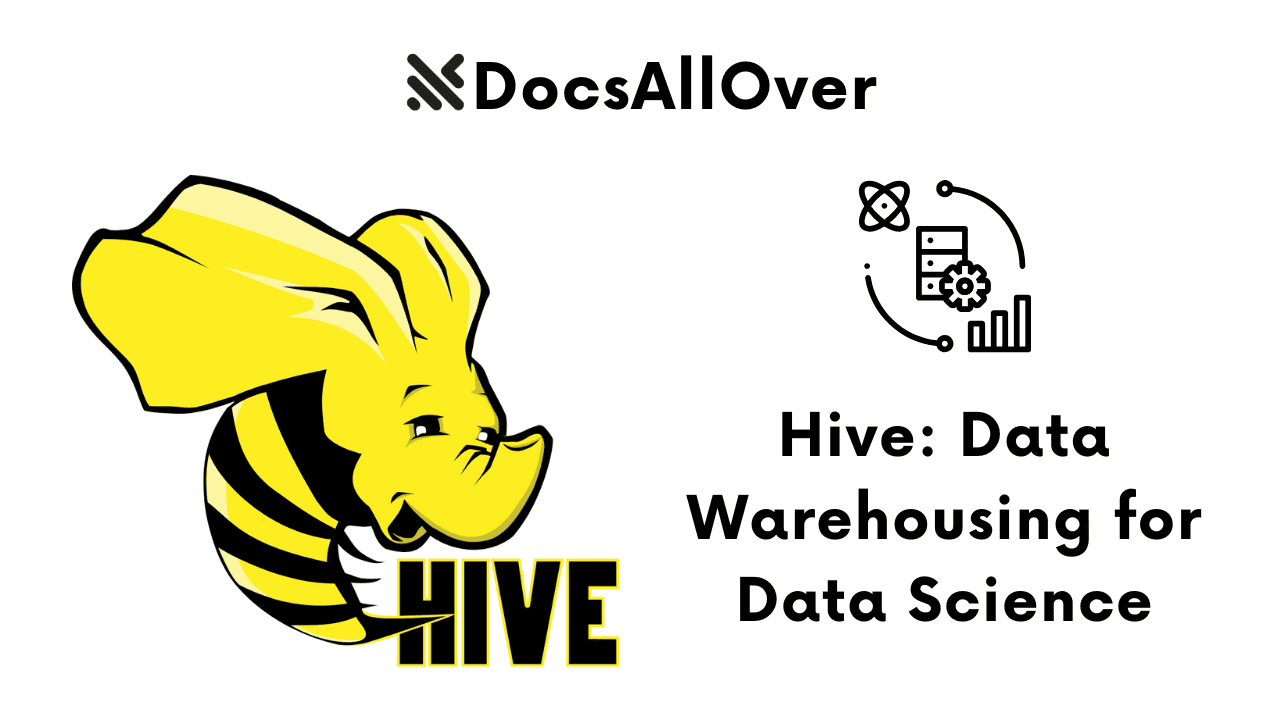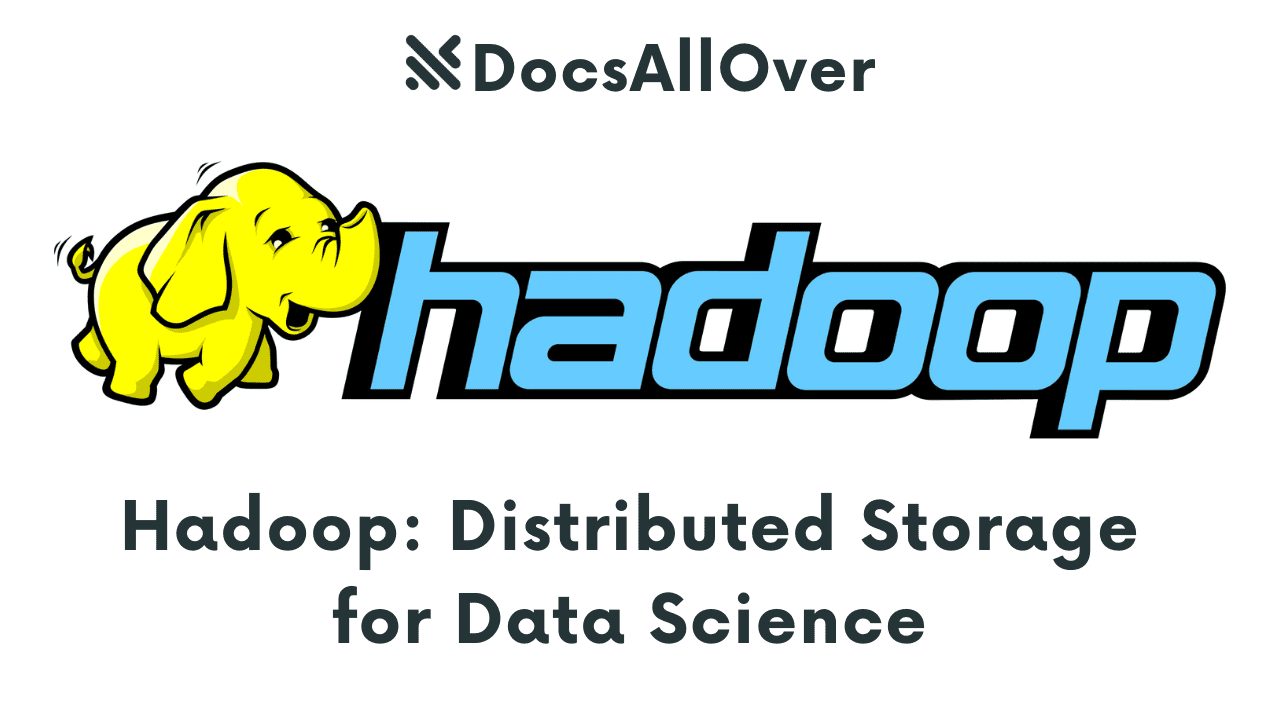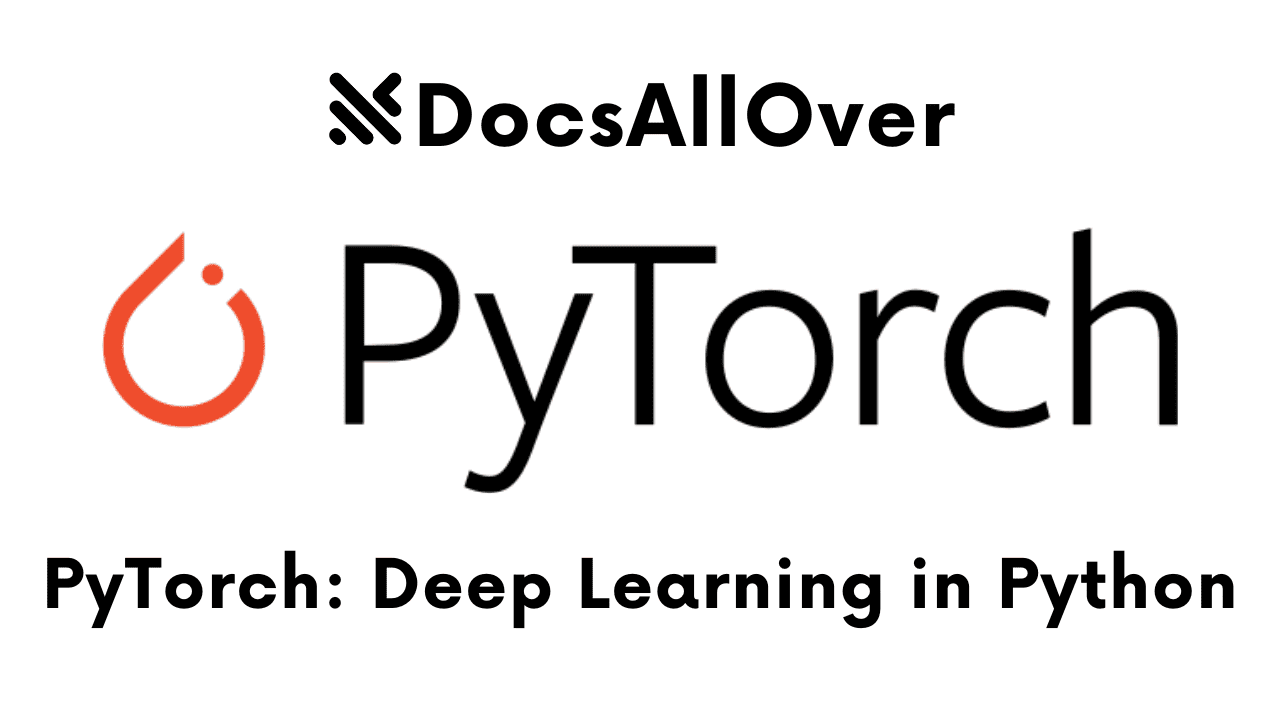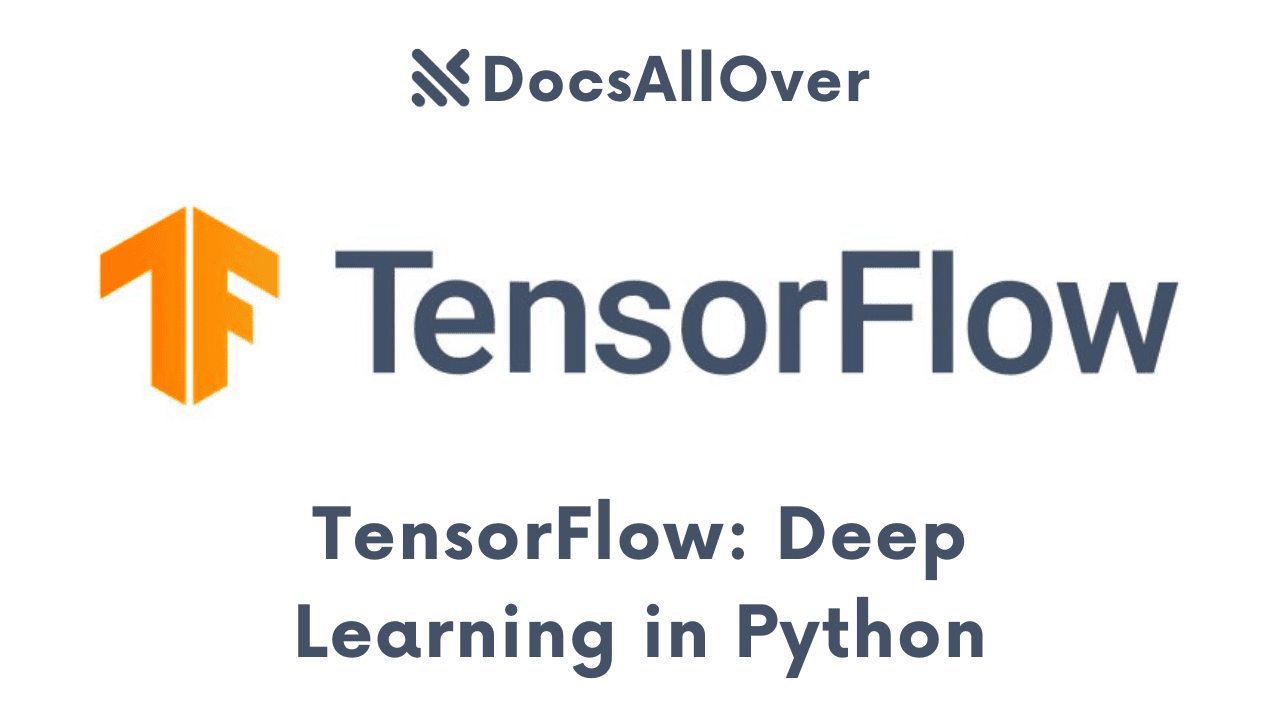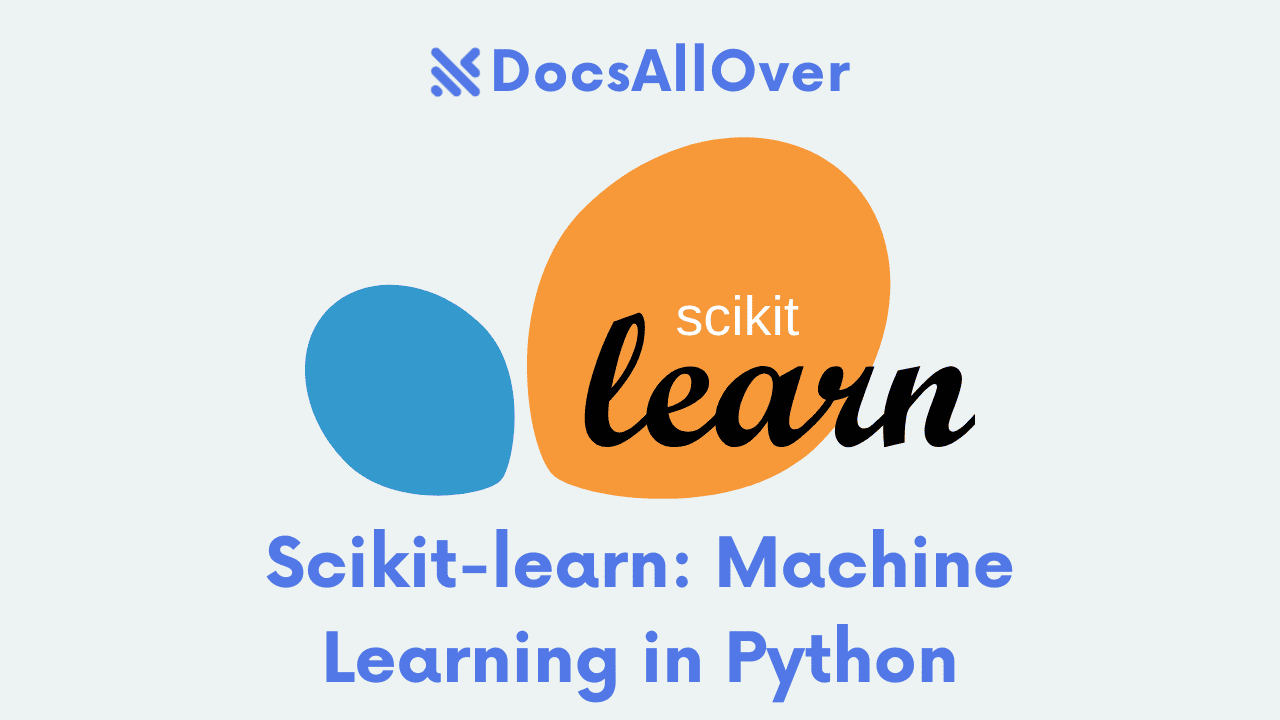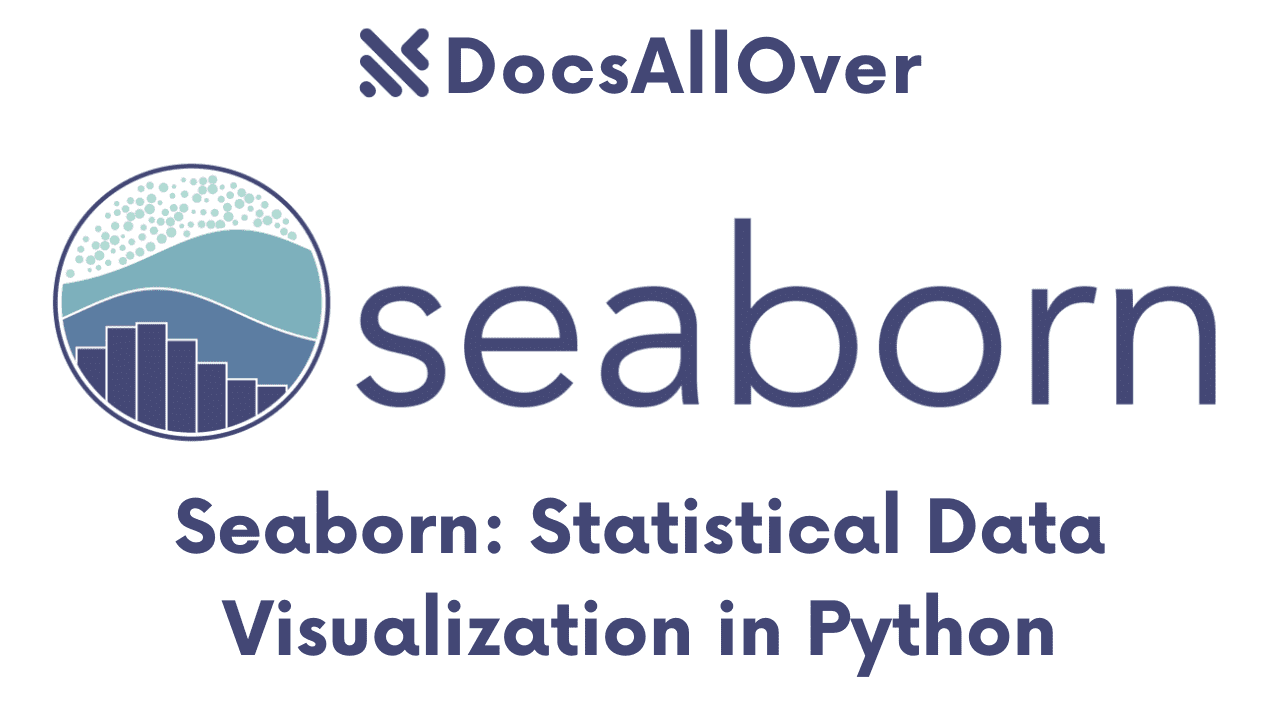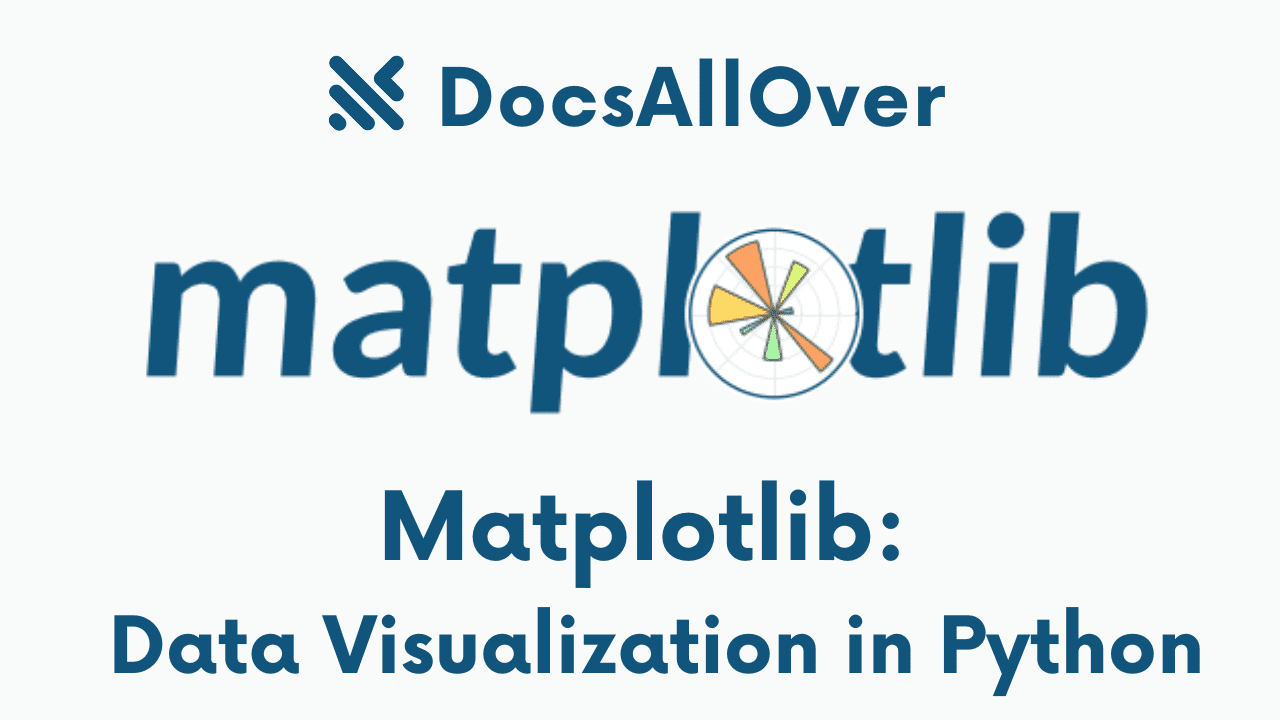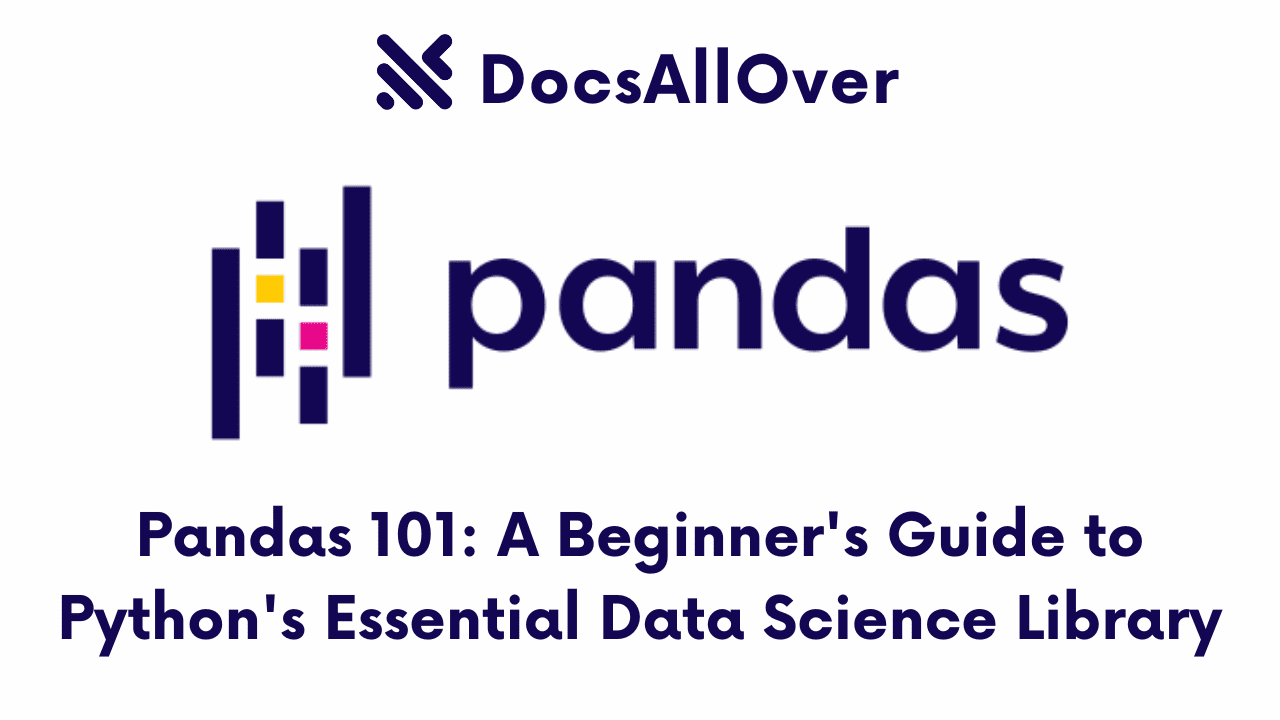Top 10 Data Science Tools and Libraries for Beginners in 2024
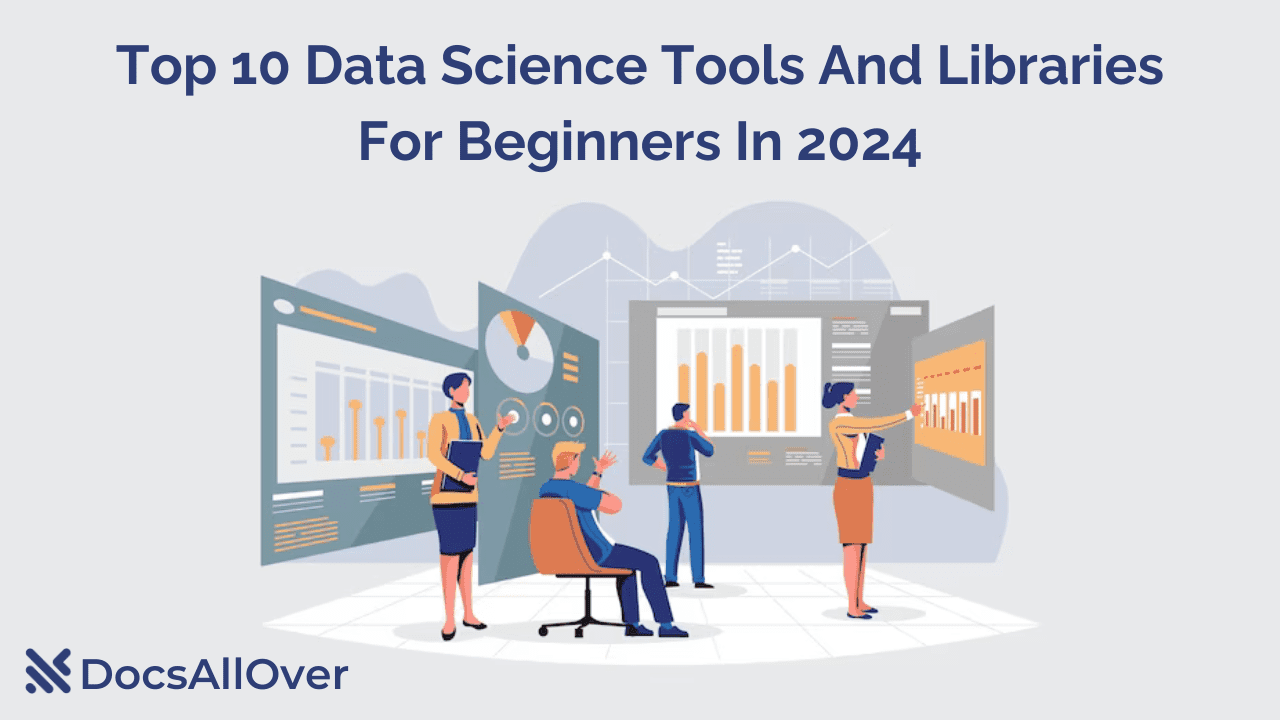
Introduction to Data Science
Data science is a field that involves using statistical and computational techniques to extract insights and knowledge from data. It encompasses a wide range of tasks, including data cleaning and preparation, data visualization, statistical modeling, machine learning, and more.
Data scientists use these techniques to discover patterns and trends in data, make predictions, and support decision-making. They may work with a variety of data types, including structured data (such as numbers and dates in a spreadsheet) and unstructured data (such as text, images, or audio). Data science is used in a wide range of industries, including finance, healthcare, retail, and more.
Data science is a multidisciplinary field that uses statistical and computational methods to extract insights and knowledge from data. It involves a combination of skills and knowledge from various fields such as statistics, computer science, mathematics, and domain expertise.
The process of data science involves several steps, including data collection, cleaning, exploration, analysis, and interpretation. These steps are often iterative, and the process may be refined based on the results obtained.
Different types of data science tasks
Data science tasks can be broadly categorized into the following types:
- Data collection and cleaning: This involves collecting data from a variety of sources, such as databases, sensors, and social media. The data is then cleaned to remove errors and inconsistencies.
- Data analysis: This involves using statistical and machine learning algorithms to analyze data and identify patterns and trends.
- Data visualization: This involves creating charts and graphs to communicate the findings of the data analysis to others.
- Model building: This involves building machine learning models to predict future outcomes or make recommendations.
Why data science is important
Data science is important because it allows us to extract insights from data that would be difficult or impossible to obtain by other means. For example, data scientists can use data to:
- Predict customer churn: By analyzing data on customer behavior, data scientists can identify customers who are at risk of churning and take steps to retain them.
- Identify fraudulent transactions: By analyzing data on financial transactions, data scientists can identify fraudulent transactions and prevent fraud.
- Optimize marketing campaigns: By analyzing data on customer behavior and campaign performance, data scientists can optimize marketing campaigns to improve their effectiveness.
Essential data science skills and knowledge
To be a successful data scientist, you need to have the following skills and knowledge:
- Programming languages: Python and R are the most popular programming languages for data science.
- Statistics: Data scientists need to have a strong understanding of statistical concepts such as probability, hypothesis testing, and regression analysis.
- Machine learning: Data scientists need to be familiar with machine learning algorithms such as linear regression, logistic regression, and decision trees.
- Data visualization: Data scientists need to be able to create clear and concise data visualizations to communicate their findings to others.
- Domain knowledge: In addition to the above skills and knowledge, data scientists also need to have domain knowledge in the specific industry or field in which they are working. This will help them to better understand the data and identify the most relevant insights.
Data science is a rapidly growing field with many opportunities for talented and motivated individuals. If you are interested in a career in data science, the best thing you can do is to get started learning the essential skills and knowledge. There are many online courses, tutorials, and resources available to help you get started.
How to choose the right data science tools and libraries for your project
When choosing data science tools and libraries, there are a few factors to consider:
- The type of data you are working with: Some tools and libraries are better suited for certain types of data than others. For example, NumPy and Pandas are well-suited for working with numerical data, while Matplotlib and Seaborn are well-suited for creating data visualizations.
- The specific tasks you need to complete: Different tools and libraries are designed for different tasks. For example, scikit-learn is a popular library for machine learning, while TensorFlow and PyTorch are popular libraries for deep learning.
- Your level of experience: Some tools and libraries are more complex than others. If you are a beginner, it is best to start with simpler tools and libraries.
- The community support and documentation available: It is important to choose tools and libraries that have a strong community and good documentation. This will help you learn how to use the tools and libraries effectively, and get help if you need it.
Here are some tips for choosing the right data science tools and libraries for your project:
- Start by identifying the specific tasks you need to complete. This will help you narrow down your choices.
- Research the different tools and libraries available. Read reviews and compare features.
- Consider your level of experience and the community support available.
- Try out a few different tools and libraries to see which ones you like best.
Getting started with data science tools and libraries
Once you have chosen the right data science tools and libraries for your project, you need to get started using them. Here are a few tips:
- Install the necessary tools and libraries. Most tools and libraries can be installed using a package manager such as pip or conda.
- Find tutorials and resources to help you learn. There are many tutorials and resources available online to help you learn how to use data science tools and libraries.
- Start with a simple project. This will help you learn the basics of using the tools and libraries without getting overwhelmed.
Building a data science portfolio with data science tools and libraries
A data science portfolio is a collection of projects that demonstrate your data science skills. Building a portfolio is a great way to show potential employers what you can do and land your dream job.
Here are some tips for building a data science portfolio with data science tools and libraries:
- Work on personal projects. This is a great way to learn new skills and build a portfolio of projects.
- Contribute to open source projects. This is a great way to gain experience working on real-world projects and collaborate with other data scientists.
- Participate in hackathons and competitions. This is a great way to challenge yourself, learn new skills, and build a portfolio of projects.
Best practices for using data science tools and libraries
Here are some best practices for using data science tools and libraries:
- Keep your tools and libraries up to date. New features and bug fixes are released regularly, so it is important to keep your tools and libraries up to date.
- Use the right tools for the job. There is no one-size-fits-all tool for data science. Choose the tools that are best suited for the specific tasks you need to complete.
- Document your code. This will help you and others understand your code and make changes later on.
- Test your code. This will help you identify and fix errors before you deploy your code.
Top 10 Data Science Tools and Libraries for Beginners
Top 10 Data Science Tools and Libraries for Beginners in 2024 Python is a general-purpose programming language that is widely used in data science. It is easy to learn and has a large community of developers. Python is also supported by a wide range of data science libraries.
1. NumPy
NumPy is a Python library for scientific computing. It provides a variety of functions for working with numerical data, such as arrays and matrices. NumPy is essential for many data science tasks, such as data cleaning and data analysis.

Image Source:Medium
- Official Website: https://numpy.org/
- Official GitHub Repo: https://github.com/numpy/numpy/
Key features:
- Efficient manipulation of numerical data
- Wide range of supported functions
- Active community of developers
Examples of use:
- Data cleaning and preparation
- Data analysis
- Machine learning
- Scientific computing
2. Pandas
Pandas is a Python library for data manipulation and analysis. It provides a variety of functions for working with tabular data, such as data frames. Pandas is essential for many data science tasks, such as data cleaning and data analysis.

Image Source:Medium
- Official Website: https://pandas.pydata.org/
- Official GitHub Repo: https://github.com/pandas-dev/pandas
Key features:
- Efficient manipulation of tabular data
- Wide range of supported functions
- Active community of developers
Examples of use:
- Data cleaning and preparation
- Data analysis
- Machine learning
- Data visualization
3. Matplotlib
Matplotlib is a Python library for data visualization. It provides a variety of functions for creating charts and graphs. Matplotlib is essential for many data science tasks, such as data visualization and storytelling.

Image Source:Medium
- Official Website: https://matplotlib.org/
- Official GitHub Repo: https://github.com/matplotlib/matplotlib
Key features:
- Wide range of supported chart types
- Active community of developers
- Easy to use
Examples of use:
- Storytelling
- Data visualization
- Storytelling
- Scientific computing
4. Seaborn
Seaborn is a Python library for statistical data visualization. It is built on top of Matplotlib and provides a variety of high-level functions for creating complex and informative charts and graphs. Seaborn is essential for many data science tasks, such as data visualization and storytelling.

Image Source:Medium
- Official Website: https://seaborn.pydata.org/
- Official GitHub Repo: https://github.com/mwaskom/seaborn/
Key features:
- High-level functions for creating statistical data visualizations
- Aesthetically pleasing charts and graphs
- Active community of developers
Examples of use:
- Data visualization
- Storytelling
- Statistical analysis
5. scikit-learn
Scikit-learn is a Python library for machine learning. It provides a variety of functions for implementing and evaluating machine learning algorithms. scikit-learn is essential for many data science tasks, such as machine learning and artificial intelligence.

Image Source:Medium
- Official Website: https://scikit-learn.org/
- Official GitHub Repo: https://github.com/scikit-learn/scikit-learn
Key features:
- Wide range of supported machine learning algorithms
- Easy to use
- Active community of developers
Examples of use:
- Machine learning
- Artificial intelligence
- Natural language processing
- Computer vision
6. Jupyter Notebook
Jupyter Notebook is an open-source web application that allows you to create and share documents that contain live code, equations, visualizations, and narrative text. Jupyter Notebook is essential for many data science tasks, such as data exploration and prototyping.
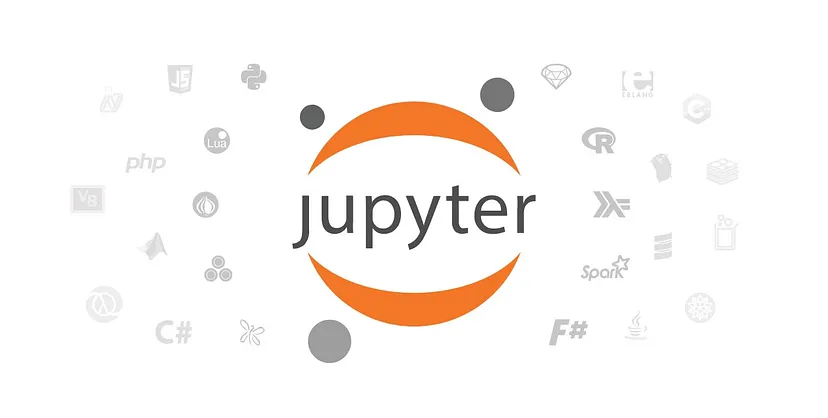
Image Source:Medium
- Official Website: https://jupyter.org/
- Official GitHub Repo: https://github.com/jupyter/notebook
Key features:
- Interactive environment for creating and sharing documents that contain live code, equations, visualizations, and narrative text
- Supports a variety of programming languages, including Python, R, and Julia
- Easy to use and learn
Example of use:
- Data exploration and prototyping
- Machine learning model development
- Educational materials
- Technical reports and presentations
7. TensorFlow
TensorFlow is an open-source software library for numerical computation using data flow graphs. It is primarily used for machine learning and deep learning tasks. TensorFlow is essential for many data science tasks, such as machine learning and artificial intelligence.

Image Source:Medium
- Official Website: https://www.tensorflow.org/
- Official GitHub Repo: https://github.com/tensorflow/tensorflow
Key features:
- Open-source software library for numerical computation using data flow graphs
- Primarily used for machine learning and deep learning tasks
- Flexible and scalable
- Wide range of supported models and algorithms
Example of use:
- Image classification
- Natural language processing
- Speech recognition
- Machine translation
- Recommender systems
8. PyTorch
PyTorch is an open-source machine learning library based on the Torch library. It is used for applications such as computer vision and natural language processing. PyTorch is essential for many data science tasks, such as machine learning and artificial intelligence.

Image Source:Medium
- Official Website: https://pytorch.org/
- Official GitHub Repo: https://github.com/pytorch/pytorch
Key features:
- Open-source machine learning library based on the Torch library
- Used for applications such as computer vision and natural language processing
- Pythonic interface
- Dynamic computation graph
- Large and active community
Example of use:
- Image classification
- Object detection
- Natural language processing
- Machine translation
- Reinforcement learning
9. Plotly
Plotly is a data visualization library that allows users to create interactive, web-based plots and dashboards. It supports a wide variety of chart types, including line charts, bar charts, histograms, scatter plots, and 3D visualizations. Plotly also offers a number of features that make it ideal for data science, such as:

Image Source:Medium
- Official Website: https://plotly.com/
- Official GitHub Repo: https://github.com/plotly/plotly.py
Key features:
- Interactivity: Plotly plots can be zoomed, panned, and brushed, allowing users to explore their data in a hands-on way.
- Customizability: Plotly plots are highly customizable, allowing users to change the colors, fonts, and other styling elements to match their needs.
- Cloud-based: Plotly offers a cloud-based service that makes it easy to share and collaborate on plots.
Examples of use :
- Exploratory data analysis: Plotly can be used to create interactive plots to explore and visualize data. For example, a data scientist might use Plotly to create a scatter plot of customer data to identify trends and patterns.
- Machine learning: Plotly can be used to visualize the results of machine learning models. For example, a data scientist might use Plotly to create a line chart of the accuracy of a machine learning model over time.
- Data storytelling: Plotly can be used to create engaging and informative data stories. For example, a data scientist might use Plotly to create a dashboard that visualizes the performance of a company's marketing campaigns.
10. Keras
Keras is a high-level neural networks library that makes it easy to build and train deep learning models. It offers a number of features that make it ideal for data science, such as:

Image Source:Medium
- Official Website: https://keras.io/
- Official GitHub Repo: https://github.com/keras-team/keras
Key features:
- Easy to use: Keras is designed to be easy to use, even for beginners.
- Modular: Keras is modular, allowing users to mix and match different components to create custom models.
- Scalable: Keras can be scaled to train large and complex models on distributed computing platforms.
Examples of use of Keras:
- Image classification: Keras can be used to build image classification models that can identify objects in images. For example, a data scientist might use Keras to build a model that can identify different types of flowers in images.
- Natural language processing: Keras can be used to build natural language processing models that can understand and generate human language. For example, a data scientist might use Keras to build a model that can translate text from one language to another.
- Recommendation systems: Keras can be used to build recommendation systems that can recommend products or services to users. For example, a data scientist might use Keras to build a model that recommends movies to users based on their past viewing history.
